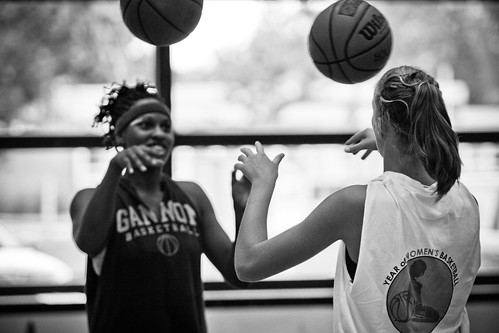Dave Snowden has updated his principles on “Rendering Knowledge” on Cognitive Edge These are worth reblogging. I encourage you to go in and read the full post for all the context. I have added a few comments of my own in italics. I can’t resist the meanings of the word “rendering.” At the farmer’s market last week, I could by leaf suet (rendered pig fat), candles made from rendered fat, and all sorts of things that have been transformed through heat. What is the heat of knowledge sharing?
- Knowledge can only be volunteered it cannot be conscripted. You can’t make someone share their knowledge, because you can never measure if they have. You can measure information transfer or process compliance, but you can’t determine if a senior partner has truly passed on all their experience or knowledge of a case. So for me in practice, this means creating conditions where people are more apt to volunteer. Or perhaps better said, recognizing those condtions. I don’t think we can always “create” them!
- We only know what we know when we need to know it. Human knowledge is deeply contextual and requires stimulus for recall. Unlike computers we do not have a list-all function. Small verbal or nonverbal clues can provide those ah-ha moments when a memory or series of memories are suddenly recalled, in context to enable us to act. When we sleep on things we are engaged in a complex organic form of knowledge recall and creation; in contrast a computer would need to be rebooted. In practice, I’ve found the introduction of multiple modalities, especially visual and kinesthetic practices, allow us to stimulate recall better than just words – written or verbal. This is not about flashing a slide, but using visuals in the charting of our knowledge. I’m not sure how to describe this, but I am experiencing it a lot lately.
- In the context of real need few people will withhold their knowledge. A genuine request for help is not often refused unless there is literally no time or a previous history of distrust. On the other hand ask people to codify all that they know in advance of a contextual enquiry and it will be refused (in practice its impossible anyway). Linking and connecting people is more important than storing their artifacts. I suspect there are layers of cultural implications when we look at this one. Any readers with a deep knowledge of the cultural implications of knowledge sharing?
- Everything is fragmented. We evolved to handle unstructured fragmented fine granularity information objects, not highly structured documents. People will spend hours on the internet, or in casual conversation without any incentive or pressure. However creating and using structured documents requires considerably more effort and time. Our brains evolved to handle fragmented patterns not information. Some people are better at fragments than others. Does the current online environment favor global vs linear thinkers?
- Tolerated failure imprints learning better than success. When my young son burnt his finger on a match he learnt more about the dangers of fire than any amount of parental instruction cold provide. All human cultures have developed forms that allow stories of failure to spread without attribution of blame. Avoidance of failure has greater evolutionary advantage than imitation of success. It follows that attempting to impose best practice systems is flying in the face of over a hundred thousand years of evolution that says it is a bad thing. So we had better get more compassionate about failure if we really are going to learn, and not hide from it.
- The way we know things is not the way we report we know things. There is an increasing body of research data which indicates that in the practice of knowledge people use heuristics, past pattern matching and extrapolation to make decisions, coupled with complex blending of ideas and experiences that takes place in nanoseconds. Asked to describe how they made a decision after the event they will tend to provide a more structured process oriented approach which does not match reality. This has major consequences for knowledge management practice. All I can do is nod vigorously in agreement.
- We always know more than we can say, and we will always say more than we can write down. This is probably the most important. The process of taking things from our heads, to our mouths (speaking it) to our hands (writing it down) involves loss of content and context. It is always less than it could have been as it is increasingly codified.
The next interesting thing would be to explore these items and see how they show up in individuals, groups and networks. The same, or variations?
 This is the fourth in a series of blog posts I wrote for
This is the fourth in a series of blog posts I wrote for